Many systems promise to accelerate time-to-market; however, utilities need to be certain that these systems meet their needs for rate design, considering the critical role billing plays in their business. With this in mind, it is essential for utilities to identify exactly which rate design capabilities they need to launch innovative products and services both quickly and successfully.
Utilities achieve greater economic results when they streamline the roll-out of new products and services in a way which gets them on the market in the shortest time possible. When utilities think about reducing time-to-market, they need to also ensure that their systems can accurately perform pricing processes, including different rate schemes and pricing criteria. In addition, utilities must be able to quickly design and test new rates in a way which is intuitive and reduces the chance of billing errors. To make sure their strategy for fast and accurate deployment of new rates is successful, utilities should consider the following aspects of rates management:
Rate schemes
When calculating rates, utilities must be able to include charges for generation, delivery, maintenance, and local taxes, to cover all the expenses of providing service. If utilities want to improve customer experience and operational efficiency with the latest billing trends, their systems should be flexible enough to support rates as fixed amounts, tiered, time-based, or as a combination of the above. Beyond that, a future-proofed billing system should be prepared to support each company’s unique approach to billing and allow their business rules to be easily implemented and modified in the system. In this way, utilities have the right tools in place to support their current needs while also ensuring that they are ready for any changes to regulations or market conditions.
Customer characteristics
Not all customers are the same; each one has their own commercial and behavioral characteristics. To effectively account for this, utilities group customers into segments based on common characteristics, allowing them to prepare commercial offers and design rates which better reflect the true needs of their diverse customer base. Customer Information Systems must have the ability to model these segments and allow complex rate calculations dependent on aspects such as customer type, service address, and scoring.
Usage patterns
Customers are increasingly demanding personalized products and services. To meet this demand, utilities are building detailed customer profiles through the analysis of meter and customer data. Utilities need a powerful Customer Information System and Meter Data Management System which work together to really get to know each customer through their usage patterns. With such a system in place, customers get a more personalized experience while utilities have more scope to design innovative rates.
Utility and Non-utility service
Utilities provide a combination of gas, electricity, water, broadband, and other services to their customers and each one of these services is billed according to different rules. A future-proofed billing system must provide the ability to bill traditional services together with any new product or service in a single invoice, without requiring system reconfiguration or additional software. Companies with a powerful billing system can stay relevant in the market by offering utility and non-utility services cohesively, optimizing time-to-market, and quickly securing new revenue streams.
Rate testing
Because billing is such a critical process and one which can really upset customers if it goes wrong, utilities need tools which let them analyze rates and their impact over a specific group of products prior to generating bills. This feature helps to assure billing quality, reduce operational costs associated with customer claims, and provide a better customer experience.
Considering all these aspects, it is clear that next-generation rates management processes are essential for dynamic utilities who want to support the latest trends, accurately charge customers, and improve revenue margins. Is your system prepared to…
- Design rates based on usage patterns?
- Model different rates depending on customer characteristics?
- Offer detailed information to your customers about their rates?
- Define rates for both utility and non-utility services?
- Roll out new offerings with a minimal time-to-market?







